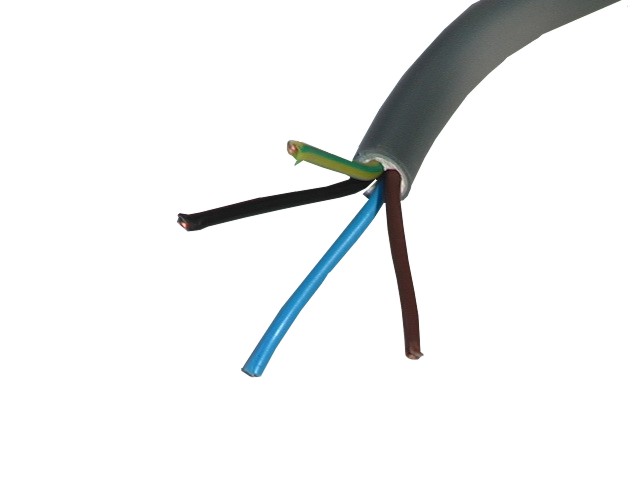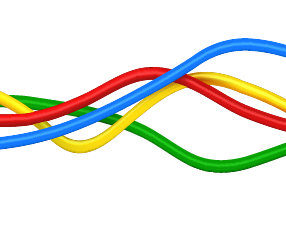The Ecodesign Directive
 Sustainable industrial policy aims in particular at developing a policy to foster environmental and energy efficient products in the internal market. The Ecodesign Directive 2009/125/EC (http://eur-lex.europa.eu/LexUriServ/LexUriServ.do?uri=OJ:L:2009:285:0010... ) is the cornerstone of this approach. It establishes a framework for the setting of ecodesign requirements for energy-related products with the aim of ensuring the free movement of those products within the internal market. Directive 2009/125/EC repealed the original Directive 2005/32/EC for the setting of ecodesign requirements for energy-using products. It prevents disparate national legislations on the environmental performance of these products from becoming obstacles to the intra-EU trade and contributes to sustainable development by increasing energy efficiency and the level of protection of the environment, taking into account the whole life cycle cost. The Ecodesign directive does not set binding requirements on products by itself but it provides the framework (rules and criteria) for setting such binding requirements through ‘Implementing Measures’ (http://ec.europa.eu/enterprise/policies/sustainable-business/documents/e... ). It is also possible to introduce information requirements for components and sub-assemblies. Product groups are first identified Working Plan (http://www.ecodesign-wp2.eu/ ).
Sustainable industrial policy aims in particular at developing a policy to foster environmental and energy efficient products in the internal market. The Ecodesign Directive 2009/125/EC (http://eur-lex.europa.eu/LexUriServ/LexUriServ.do?uri=OJ:L:2009:285:0010... ) is the cornerstone of this approach. It establishes a framework for the setting of ecodesign requirements for energy-related products with the aim of ensuring the free movement of those products within the internal market. Directive 2009/125/EC repealed the original Directive 2005/32/EC for the setting of ecodesign requirements for energy-using products. It prevents disparate national legislations on the environmental performance of these products from becoming obstacles to the intra-EU trade and contributes to sustainable development by increasing energy efficiency and the level of protection of the environment, taking into account the whole life cycle cost. The Ecodesign directive does not set binding requirements on products by itself but it provides the framework (rules and criteria) for setting such binding requirements through ‘Implementing Measures’ (http://ec.europa.eu/enterprise/policies/sustainable-business/documents/e... ). It is also possible to introduce information requirements for components and sub-assemblies. Product groups are first identified Working Plan (http://www.ecodesign-wp2.eu/ ).
